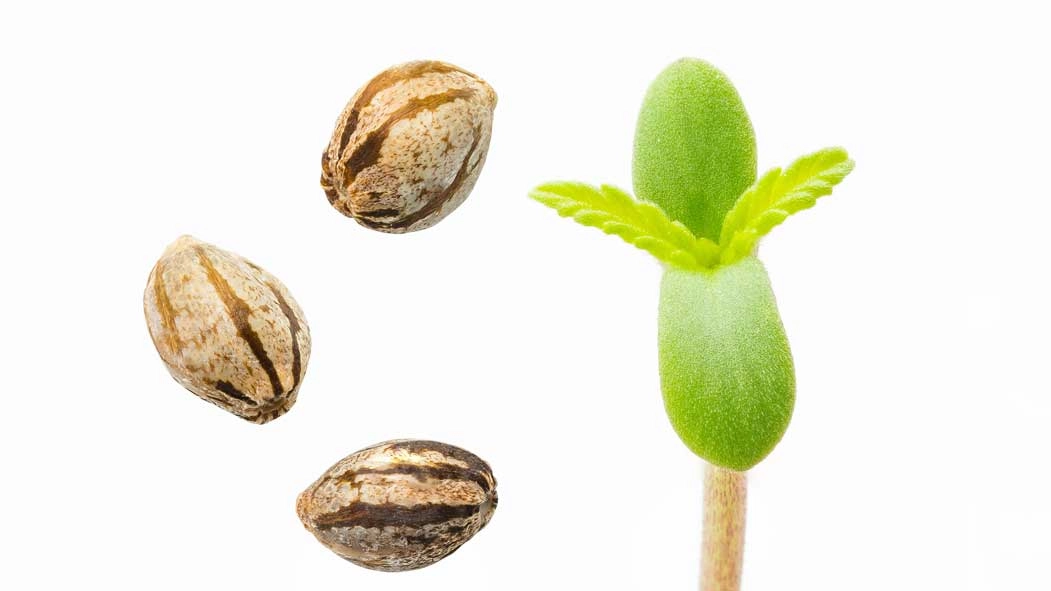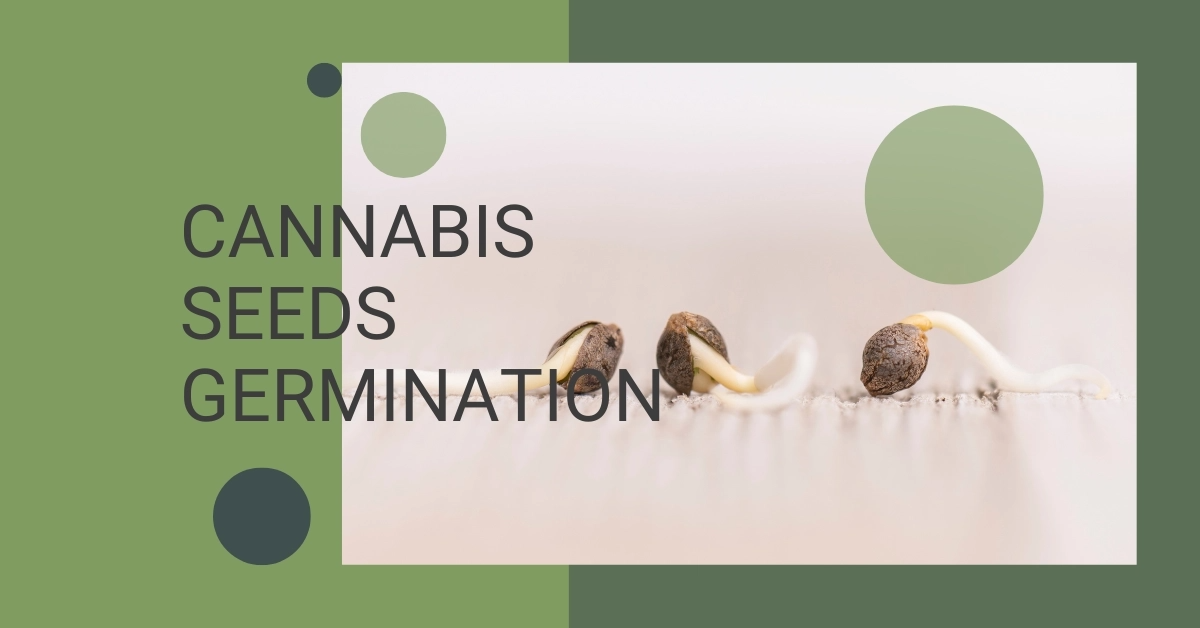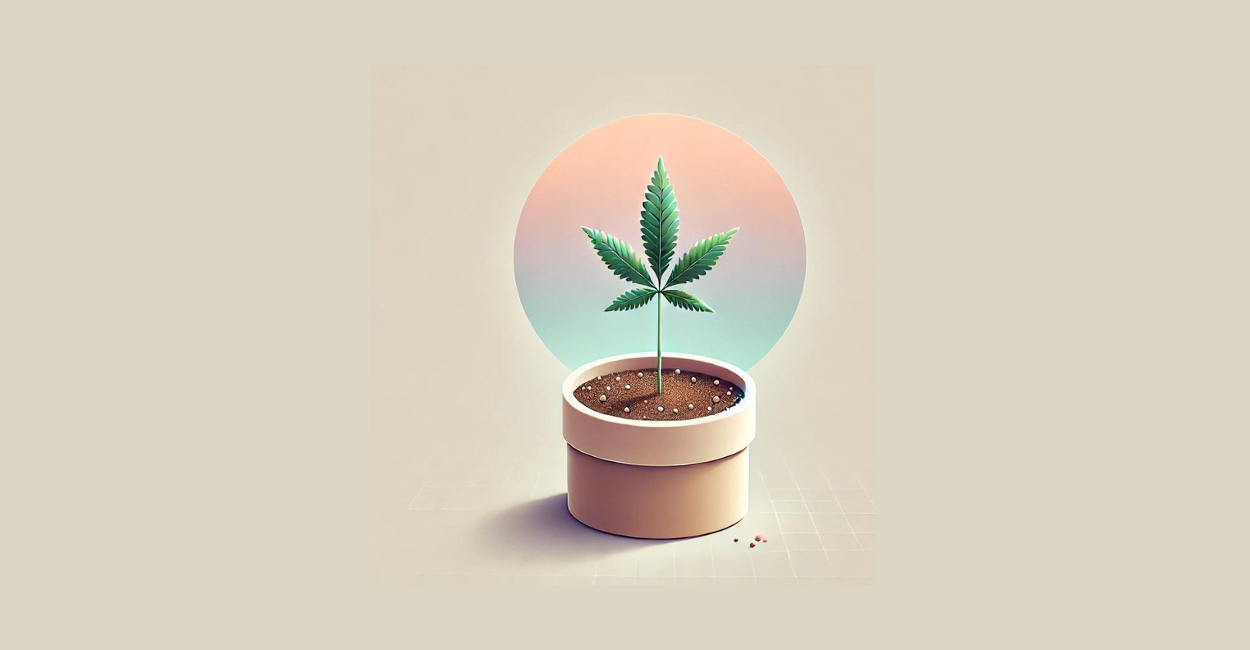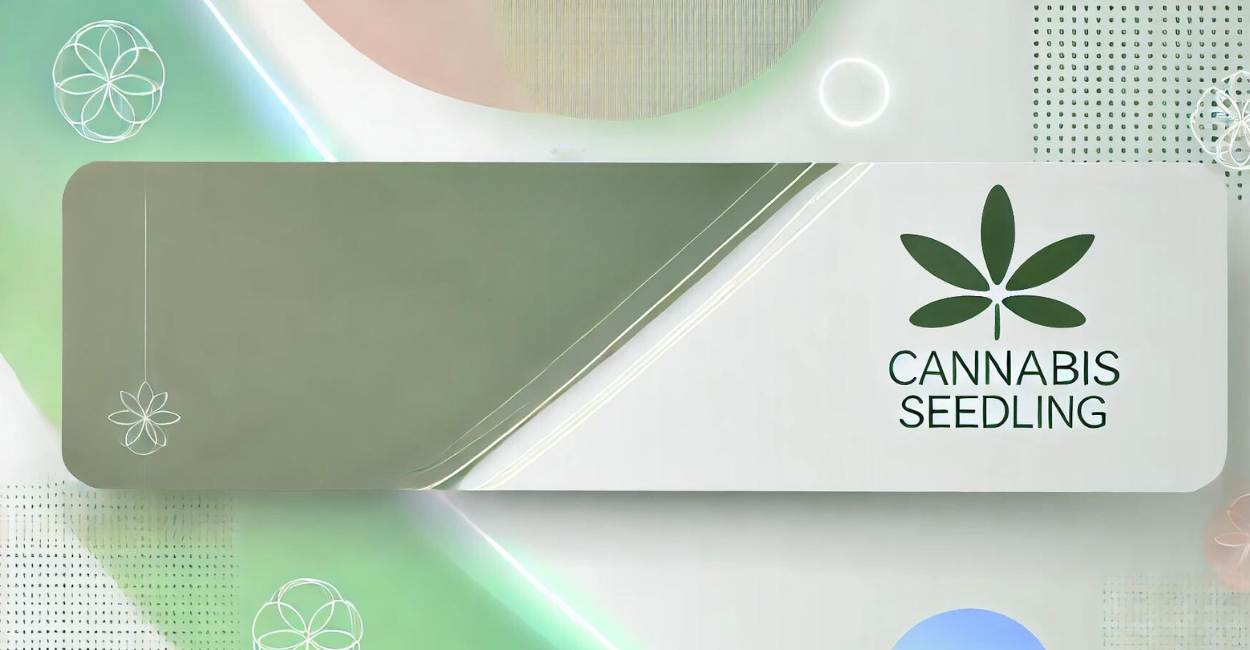Starting your cannabis cultivation project begins with robust, healthy seedlings. In this ultimate guide to caring for cannabis seedlings, we highlight the key aspects – from selecting genetics to preventing diseases. We are happy to share our experiences and tips to help you grow strong and productive plants. Sit back, relax, and dive into the world of successful cannabis cultivation!
Cannabis Seeds and Seedlings
Cannabis seeds contain the plant's genetic material and provide nutrients for the first days of growth. A seedling is formed when the seed germinates and the first root emerges through the seed coat. Selecting high-quality seeds is crucial for the success of your cultivation.

Cannabis seeds can have different properties depending on the strain. Some are suitable for indoor growing, while others thrive outdoors. Be sure to buy seeds from a trusted source to achieve the best results.
Selecting Genetics
Choosing the right genetics is critical for the success of your cultivation. Select a strain that matches your experience, budget, growing equipment, and preferences. Consider factors such as growing conditions, yield, and potency of the plant.
Autoflowering strains are ideal for beginners as they flower faster and require less maintenance. Feminized seeds guarantee female plants, which are needed for flower production. There are also strains bred specifically for medical purposes, with high CBD and low THC levels.
Growing Medium and Pots
A suitable growing medium is essential for the health of your plants. A light, well-aerated, and slightly acidic soil with a pH of 6.3 to 6.5 is recommended. Adding 20–30% perlite to the substrate improves soil aeration and nutrient retention, which is important for optimal root development.
The choice of the right pot is also important. Plant autoflowering cannabis seeds directly in final pots (5-15 liters) to avoid transplanting. For feminized cannabis seeds, transplanting is not a problem; use seedling pots and transplant once the plants have developed true leaf pairs. Good drainage and aeration are important to prevent root rot and fungal diseases.
Fabric pots and air pots are excellent options as they allow better air circulation and promote root growth. Ensure that your pots have sufficient drainage holes to avoid waterlogging.
Germination Techniques and Seedling Care

Effective germination methods include the paper towel method and the glass of water method. These techniques promote successful germination and the start of a healthy seedling phase.
The paper towel method involves placing the seeds between moist paper towels until they germinate. The glass of water method requires soaking the seeds in water for 24-48 hours before placing them in the growing medium.
Proper seedling care is crucial. Maintain the temperature between 20-25°C, the relative humidity at 65-70%, and use compact fluorescent lamps with a blue light spectrum for lighting. These conditions promote healthy growth of your seedlings.
Seedlings thrive in warm, moist conditions. Mist them regularly and avoid direct watering at the stem. Consistent watering is essential to ensure healthy development. Monitor your plants regularly for signs of overwatering or nutrient deficiency and adjust your care accordingly.
Transplanting and Disease Prevention

Transplant seedlings when their leaves cover the pot's circumference and the roots are well developed. Transplanting promotes growth and prevents root diseases. Be sure to handle the plants carefully to avoid stress and root damage.
Avoid overwatering and keep the environment clean and well-ventilated to prevent fungal diseases such as damping-off. Good ventilation and proper hygiene are essential for the health of your seedlings. Use sterile tools and regularly disinfect your growing area to prevent the spread of pests and diseases.
Fertilize seedlings only after 3-4 true leaf pairs. Start with a mild nutrient solution after transplanting. Balanced nutrient supply is crucial to avoid nutrient deficiencies. Look out for signs of deficiencies, such as yellowing leaves or stunted growth, and adjust fertilization accordingly.
Important Note:
Caring for your cannabis seedlings is crucial for a successful harvest. Ensure balanced nutrient supply, avoid overwatering, and keep the environment clean. For more information and products for seedling care, visit our seedling care product category.
Conclusion:
Healthy cannabis seedlings are key to a successful cannabis harvest. Through proper care, balanced nutrient supply, and preventive measures, you can ensure that your plants grow strong and productive. Use the tips and techniques in this guide to take your cultivation projects to the next level.
Disclaimer
This website's content is for informational use only and should not be considered medical or legal advice. Always consult a healthcare professional for health-related issues. Be aware of local regulations regarding cannabis cultivation. We are not liable for any actions taken based on this information.

